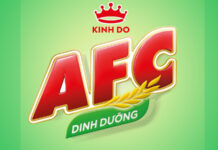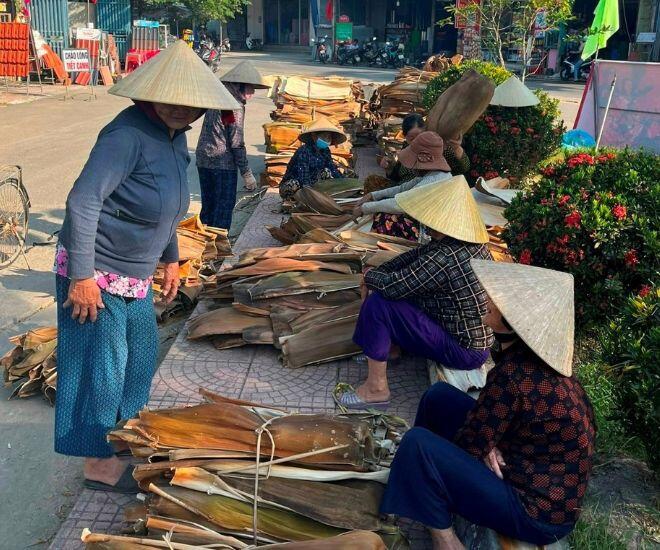
From Waste to Valuable Commodity: The Story of Betel Nut Husks in Quang Ngai
In the rural areas of Quang Ngai, betel nut trees are not only a common sight in family gardens but also a significant source of income. In recent years, the price of fresh betel nuts has soared to over 100,000 VND/kg, making this crop even more lucrative. However, the husks of the betel nut tree, known as “mo cau” in Vietnamese, have often been overlooked. Locals would usually discard them, burn them for fuel, or leave them to rot under the trees.
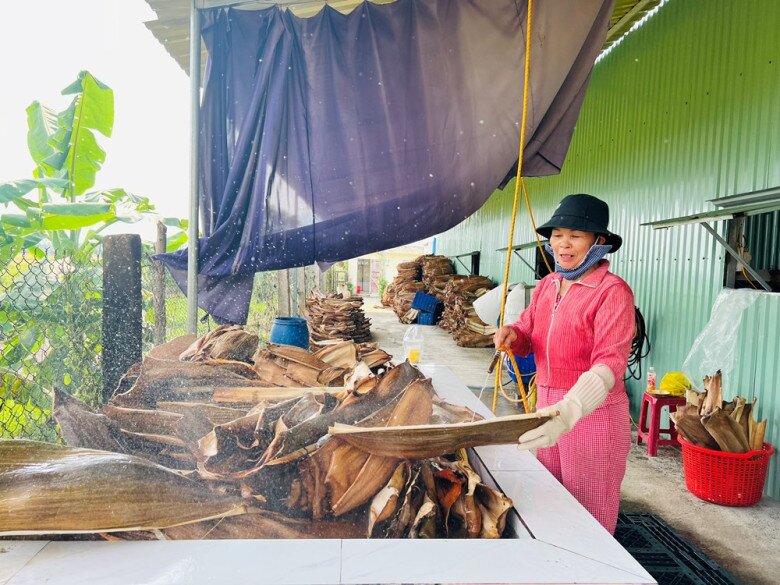
This scenario began to change when a local enterprise recognized the potential of mo cau. They noticed that this natural material is durable, easily moldable, and biodegradable. With a vision for sustainability, the company decided to purchase dried mo cau and transform it into household products such as bowls, plates, and food trays. This initiative not only reduces agricultural waste but also provides supplementary income for locals, especially the elderly and vulnerable workers.
The Bustling Betel Nut Husk Markets of Nghia Hanh
In Nghia Hanh district, where the enterprise has established multiple collection points, the mo cau market has become a familiar weekly gathering. The market typically operates from 6 am to 8 am once a week, and despite the short duration, it is the most vibrant time of the week for many households.
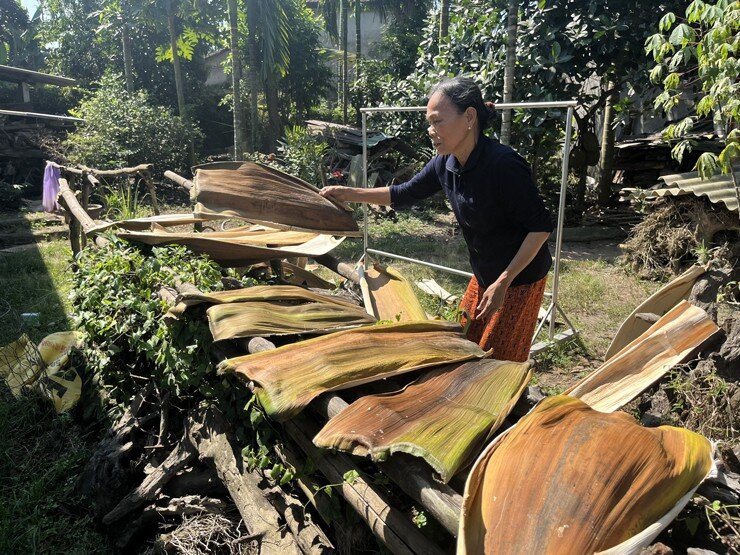
As early as dawn, elderly folks start preparing their bundles of mo cau, loading them onto bicycles, motorbikes, or even carrying them by hand to the market. Many have to make multiple trips to transport all their goods. The mo cau brought to the market has undergone preliminary processing: the leaves are removed, and the husks are cleaned, dried, and flattened for easier transportation and to ensure quality during procurement.
The mo cau market is not a loud and boisterous place, but it buzzes with a sense of industriousness. Bundles of mo cau are neatly stacked, and traders carefully inspect each husk, evaluating their whiteness, curvature, and absence of yellow spots to determine their price. The largest and most pristine mo cau, free from cracks or blemishes, fetch the highest price of about 1,000 VND each. Smaller or imperfect husks are sold in bundles of three for 2,000 VND, and the lowest quality husks are sold for just 500 VND each.
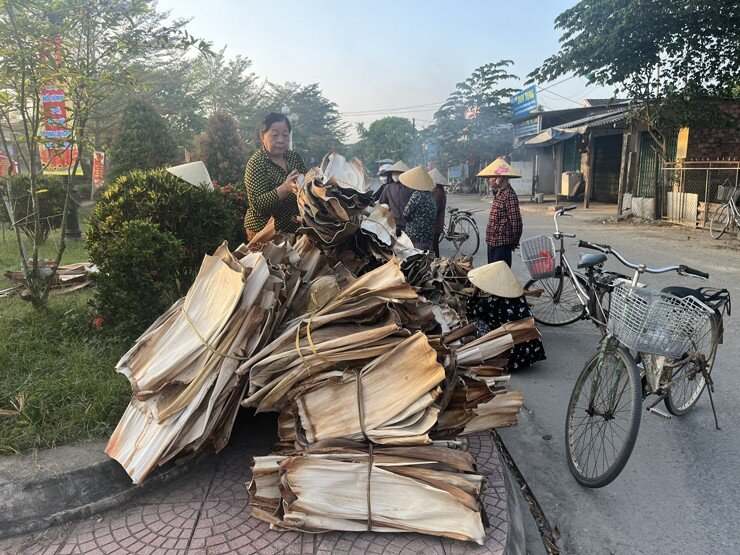
During each market day, traders can collect around 1,000 mo cau of various qualities. For locals, the average weekly collection ranges from 70 to 100 mo cau, earning them about 70,000 to 80,000 VND. For many elderly folks who are no longer able to engage in strenuous labor, this provides a small but valuable income. Some collect mo cau from their own gardens, while others ask their neighbors for additional husks. Elderly women share stories of how strong winds that cause betel nuts to fall become a “heaven-sent” opportunity to collect more mo cau.
From Rural Markets to Modern Production Lines
Once procured, the mo cau undergoes a meticulous processing journey. They are first cleaned and disinfected using heat or safe chemicals. Then, they are placed into molding machines to create bowls, plates, and food trays.
Each mo cau can yield only 2 to 3 products, depending on their size. The careful selection of raw materials at the outset maximizes production efficiency and minimizes waste. The final products retain the rustic beauty and natural wood grain of the mo cau, evoking a sense of environmental friendliness.
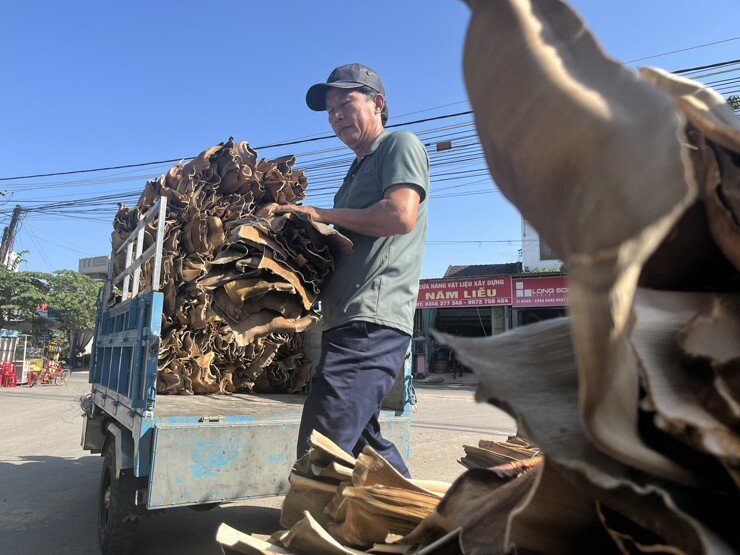
These mo cau products are not just limited to the domestic market; they have also found their way to international shores. With the growing trend of green consumption, these recycled agricultural products from Quang Ngai are now exported worldwide. This positive development highlights the potential of recycled agricultural products in global markets.
The enterprise purchasing mo cau has established 10 transaction points in different communes within Nghia Hanh district. On average, about 400-500 people come to sell mo cau each month, mostly comprising the elderly, single individuals, or those without stable incomes.
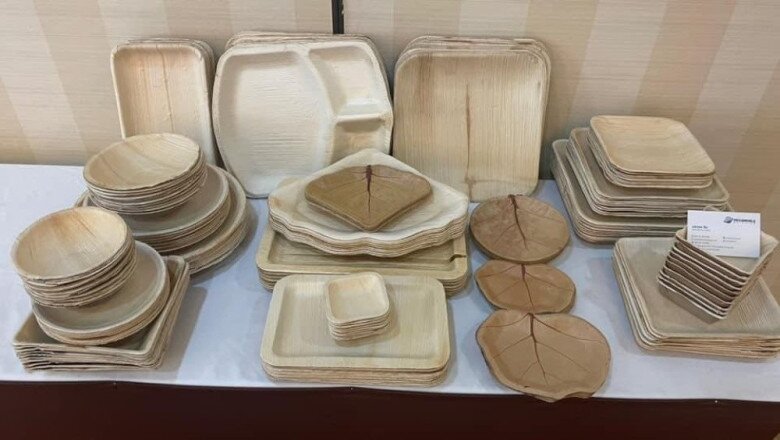
This procurement model not only brings economic benefits but also fosters community cohesion. Locals share information, remind each other about market days, and collaborate on tasks like drying, sorting, and transporting mo cau. Some households have even formed groups to collect and sell mo cau in larger quantities, thereby improving economic efficiency.
A Unique Experience for Visitors: Exploring the Mo Cau Market
The mo cau market is more than just a place for agricultural transactions; it’s a fascinating destination for those eager to immerse themselves in the rural life of Quang Ngai. Visitors can observe the buying and selling process and engage in conversations with locals, listening to their stories about life, seasons, and the transformations occurring in their hometown.
When purchasing mo cau, visitors should look for dry husks with clean surfaces and avoid those with mold or moisture. Additionally, don’t forget to indulge in the delicious specialties of Quang Ngai available at the market, such as “don” (a type of cake), “ram bap” (corn fritter), and “mam nhum” (sea urchin dip).
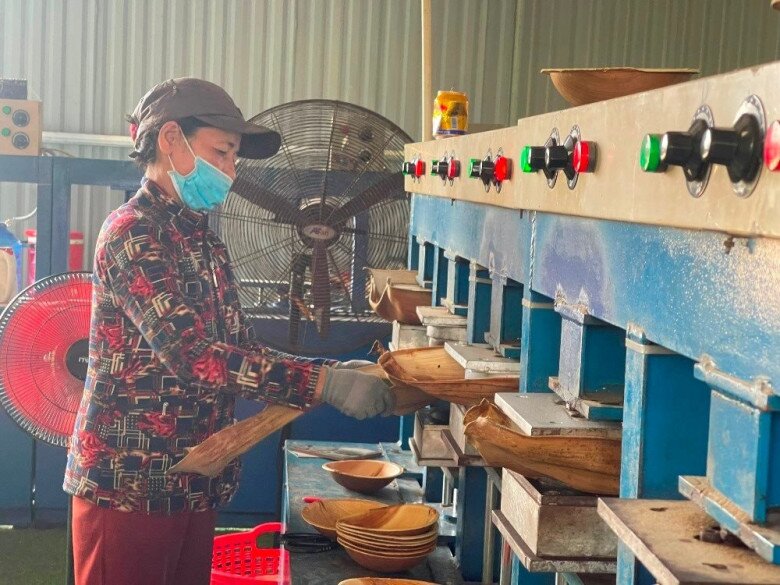
Wanderlust Amidst the Clouds: Exploring the Majestic Violak Mountain Pass to Măng Đen
At the end of May, after the first storms of the season, dawn breaks over the valleys along National Highway 24, which connects Violak Pass in Quang Ngai to the town of Mang Den in Kon Plong, Kon Tum. A thick fog rolls in, blanketing the rugged terrain. The pristine wilderness of the mountains is transformed into an ethereal realm, shrouded in a sea of clouds. This breathtaking spectacle offers visitors a unique and refreshing experience amidst the summer heat, providing a memorable escape from the everyday.
The Great Escape: How a Group of Friends Found Their Youth in Quang Ngai
“Huy and his wife, along with three close friends, embarked on an adventurous 5-day road trip to Quang Ngai, partaking in a host of memorable experiences. From scuba diving and SUP to lighting up the night sky with fireworks, this crew set out to reclaim their youth and create lasting memories. Their journey was filled with thrilling activities that revitalized their spirits and brought a sense of adventure back into their lives.”































